AN ELECTRONIC SAFETY PLAN FOR ADOLESCENTS
Possible Uses of New Technologies in Suicide Prevention
In a context where rates of self-harm and suicidal thoughts among adolescents have significantly increased, a team of researchers has developed an innovative, self-guided electronic safety plan for teenagers. The traditional safety plan involves collaboration with a professional to outline specific steps for a person to recognize signs of crisis and use coping strategies. However, many adolescents lack access to mental health resources, prompting the creation of a digital version.
One of the studies involved 322 young people between the ages of 13 and 17, evaluating the efficacy and accessibility of a self-guided electronic safety plan given the scarcity of accessible and scientifically supported tools for suicide prevention in adolescence. Results showed that approximately 30% of adolescents who experienced suicidal thoughts in the month following the intervention used the safety plan.
In this regard, the SmartCrisis-Teen platform, part of another study of interest, offers an evidence-based approach combining a personalized digital safety plan with the use of Ecological Momentary Assessment (EMA) and Ecological Momentary Intervention (EMI). This approach provides real-time monitoring and coping strategies that young people can activate directly from their mobile devices. The study protocol includes weekly and monthly follow-ups over six months to assess the usage and effectiveness of these interventions.
Preliminary results showed that around 30% of adolescents who experienced suicidal thoughts in the month following the intervention used the safety plan. The findings also revealed that this tool is widely accessible and has the potential to be a helpful alternative for those without immediate access to therapy. Additionally, a key advantage of the self-guided format is that it reduces stigma, allowing for private and personalized use, which enhances its effectiveness.
Finally, while the research is promising, the authors highlight the importance of conducting more long-term studies to validate its effectiveness in reducing risk behaviors among adolescents. Such tools are not intended to compete with traditional help but rather to complement it. Nevertheless, this digital safety plan represents a crucial step towards accessible and personalized support for adolescents in crisis and underscores the growing potential of digital technologies to transform the field of mental health by offering immediate and effective solutions to the most vulnerable adolescents.
The authors emphasize that while preliminary results are promising, long-term studies are needed to confirm the effectiveness of this type of digital intervention in reducing risk behaviors such as suicide and non-suicidal self-injury (NSSI) in adolescents. These tools are not intended to compete with traditional help but to complement it. Moreover, the authors highlight the increasing potential of digital technologies in mental health, as these platforms can not only reduce barriers, such as the stigma associated with seeking help, but also facilitate immediate access to effective interventions. Research suggests that implementing these electronic safety plans in adolescents, together with validating instruments like the Implicit Association Test (IAT), could revolutionize the field of suicide prevention by providing a rapid and personalized response for at-risk youth
References: Abascal-Peiró, S., Peñuelas-Calvo, I., Alacreu-Crespo, A., Sáiz, P. A., De la Torre-Luque, A., Ruiz-Veguilla, M., Barrigón, M. L., Courtet, P., López-Castroman, J., Baca-García, E., & Porras-Segovia, A. (2024). Digital platform for the prevention of suicidal behaviour and non-suicidal self-injuries in adolescents: The SmartCrisis-Teen study protocol. Behavioral Sciences, 14(9), 740.
Methi, N., Weeks, I., Hunt, R., McGuire, T. C., Rubin, A., Decker, M., Schleider, J. L., Wang, S. B., & Fox, K. (2024). Accessibility and Utility of an Electronic Self-Guided Safety Plan for Adolescents. Journal of clinical child and adolescent psychology: the official journal for the Society of Clinical Child and Adolescent Psychology, American Psychological Association, Division 53, 1–9.

